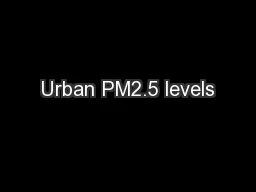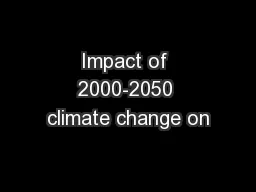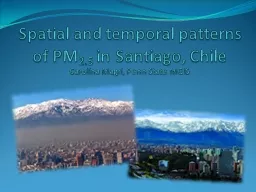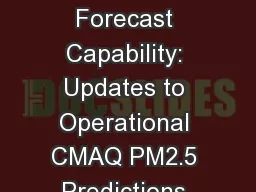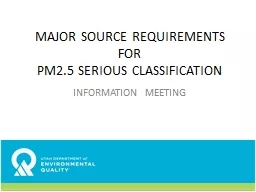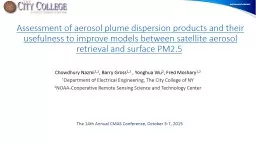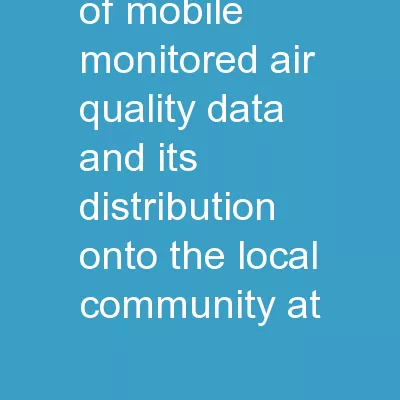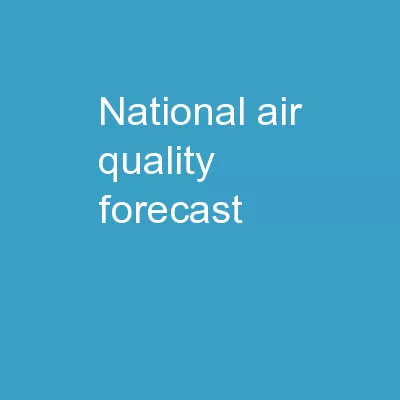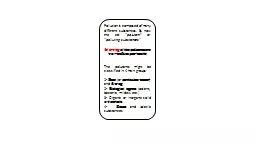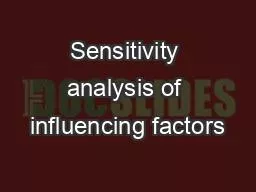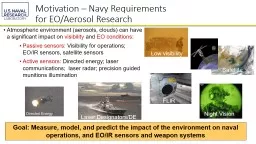PPT-Urban PM2.5 levels
Author : stefany-barnette | Published Date : 2017-03-16
under the EU Clean Air Policy Package Gregor Kiesewetter Markus Amann Presentation slides complementing TSAP Report 12 The use of these slides is encouraged
Presentation Embed Code
Download Presentation
Download Presentation The PPT/PDF document "Urban PM2.5 levels" is the property of its rightful owner. Permission is granted to download and print the materials on this website for personal, non-commercial use only, and to display it on your personal computer provided you do not modify the materials and that you retain all copyright notices contained in the materials. By downloading content from our website, you accept the terms of this agreement.
Urban PM2.5 levels: Transcript
Download Rules Of Document
"Urban PM2.5 levels"The content belongs to its owner. You may download and print it for personal use, without modification, and keep all copyright notices. By downloading, you agree to these terms.
Related Documents

